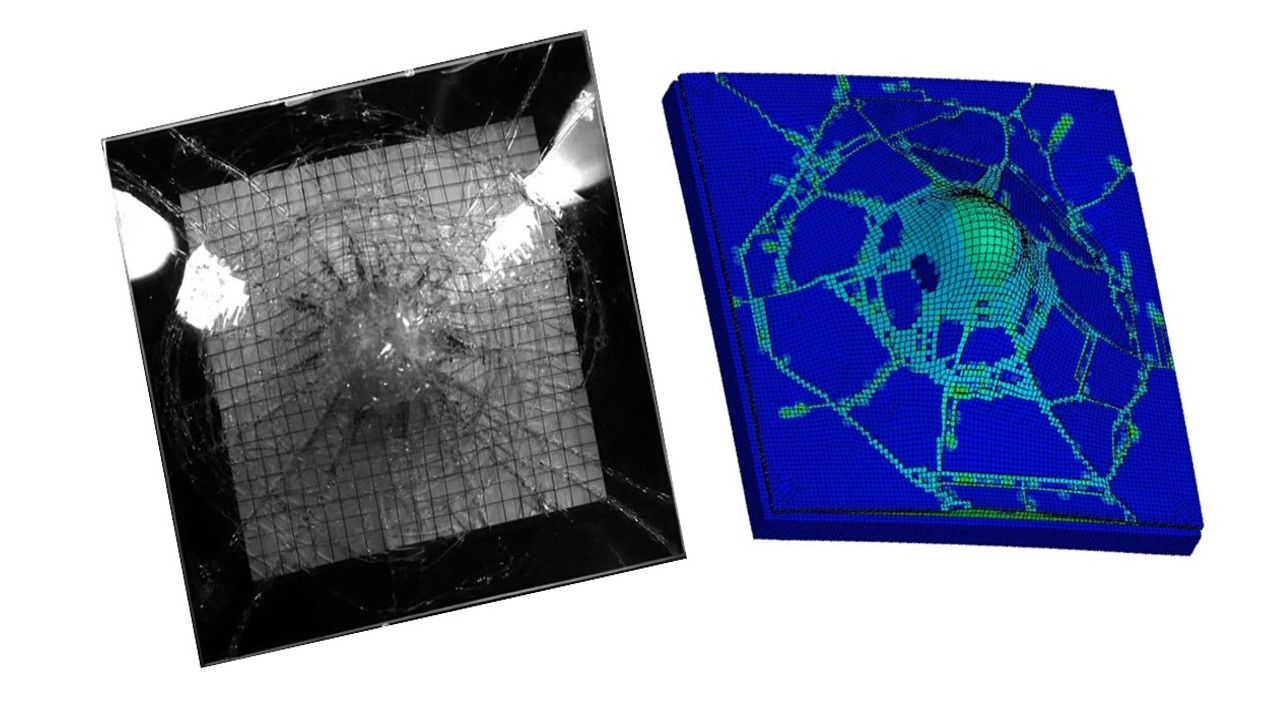Larger SAFER research project portfolio with new project related to computational methods for laminated glass in car crashes
The Human Body Protection project portfolio is being broadened with yet another new SAFER associated project, CompMethGlass II (Computational Method for laminated Glass in crashes), which aims to develop material models for PVB and adhesive joints. Also, a methodology for predicting failure in the area of adhesive material in the glass to car body connection will be developed.
New material model
Today's methods for simulation of laminated glass in crash situations are not very well developed and do not meet the requirements for computational accuracy. A previous SAFER-associated project "CompMethGlass”, with the goal of developing new computational models for laminated glass, was completed in November 2016. Two unresolved issues from this project will be in focus in the new project. First, a material model for PVB and adhesive materials will be developed and a methodology for predicting failure in the area of adhesive material that connect the glass to the body will also be developed.
Expected effects and results
If the intended goals are met, the ability to simulate the impact of laminated glass sections on the car's overall response in a crash will be improved. Likewise, it will be able to predict the crash forces towards the head in connection with the ïmpact against the windshield with greater accuracy. Overall, simulation technology will improve, which in turn result in reduced needs for revised design solutions, shorter development times and reduced development costs.
The project is an important contribution to SAFER’s roadmap on material modeling.
Short facts
- Duration: 20171101-20190228
- Financer: FFI – Trafiksäkerhet och automatiserade fordon
- Budget: 1,045 MSEK
- Partner: Chalmers, Volvo Cars, Dynamore Nordic
- Project Leader: Kjell Mattiasson, Chalmers

